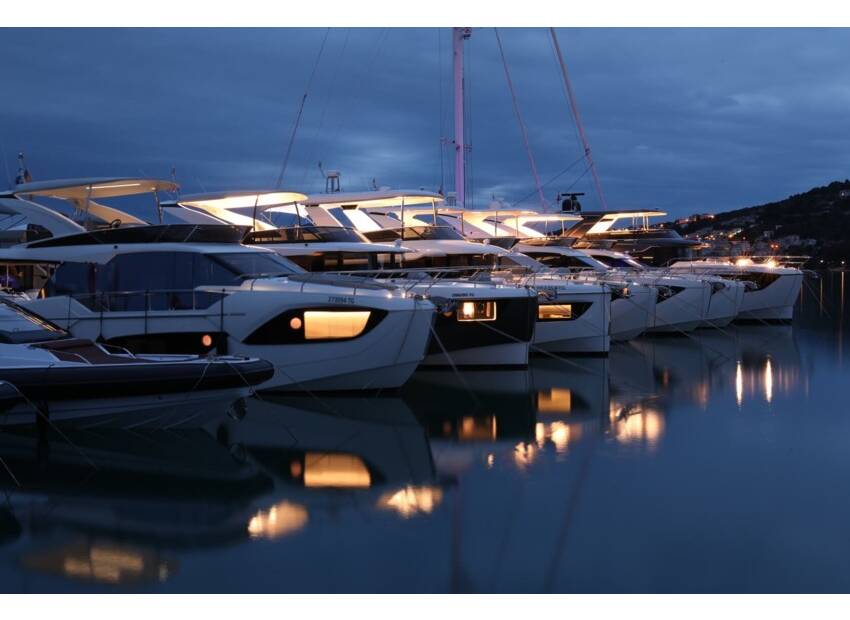The Cost Of Owning A Boat
Your boat’s price tag and the interest on your boat loan, if you have one, are foreseeable, obvious costs of ownership. It’s the not-so-obvious costs, however, that can take the wind out of your sails if you have not budgeted for them. These include one-time fees, like sales tax, or recurring ones, like storage, personal property taxes, slip rental, maintenance and insurance.
Keep in mind that the yearly cost of operating, maintaining and repairing or replacing equipment averages could cost as much as 10% of your boat’s value. Age, use (racing, rather than daytrips, for example), hull material, and quality of construction all affect annual expenses.
Surveys & Sea Trials
The buyer’s best friend when it comes to inspecting and evaluating the condition and seaworthiness of a boat is a competent marine surveyor well versed in boat construction, as well as safety and manufacturing laws, requirements and practices.
Hire your own surveyor to be sure the inspection is done with your interests in mind. Don’t use a surveyor recommended by the seller or rely upon a survey report provided by the owner. It could pre-date existing conditions that need repair or gloss over problems that are expensive to fix, even downright dangerous.
Boats should be surveyed both in and out of the water. Haul-out and other fees are at the buyer’s expense. Engines should also be inspected by an independent marine mechanic. Follow up the survey inspection with a sea trial to see how the boat handles underway. Are there performance problems that make the boat unstable? Does all the gear work properly? All electronic equipment should be tested for accuracy.
Surveys and sea trials that turn up flaws or problems can either allow you to back out of the contract without penalty or can be used to renegotiate the purchase price of the boat. A survey costs an average of $15-$20 per foot, depending upon the size of the boat, but is not a guarantee against latent or undetected defects.
Boat Manufacturing Standards
Most recreational boats sold in the U.S. must meet the following minimal federal manufacturing standards, some of which don’t apply to canoes, kayaks and inflatables, sailboats without gas engines, or to diesel-powered boats.
Hull Identification Number (HIN) - Identifies builder, model, and year. Cannot be altered, aids in identifying lost and stolen boats.
Maximum Passenger, Weight and Horsepower Capacities - Applies to boats under 20 ft. Exceeding these capacities will make the boat unsafe to operate.
Flotation Standards - Ensure that a swamped/capsized boat under 20 ft. will remain partially afloat.
Fuel Systems - For fuel tanks, hoses, pumps and fills, to decrease risk of fire/explosion on gas-powered boats.
Electrical Systems - For electrical components, wires and conductors, to decrease risk of shock, fire and explosion on gas-powered boats.
Ventilation Systems - Requires powered and natural venting to decrease risk of fire/explosion on gas-powered boats, including outboards with installed fuel tanks.
Written Warranties
It might not have the appeal of bright chrome and shiny gel coat or have the exhilarating kick of a high-horsepower engine, but the manufacturer’s written warranty can make or break the new boat experience faster than a fish-finder can spot a school of blues.
Simply put, the warranty is the manufacturer’s promise to stand behind its products by providing service and repairs after purchase. Since marine warranties vary widely in their coverage, comparison shop before you buy.
Look for multi-year warranties for hull structures and engines, as well as coverage for osmotic blistering, a common, but expensive-to-fix problem on fiberglass boats. Check also to see whether the warranty transfers to subsequent owners — a strong selling point when it comes to used boats.
Remember:
Written warranties must be made available to you before you buy. Call the manufacturer for






















